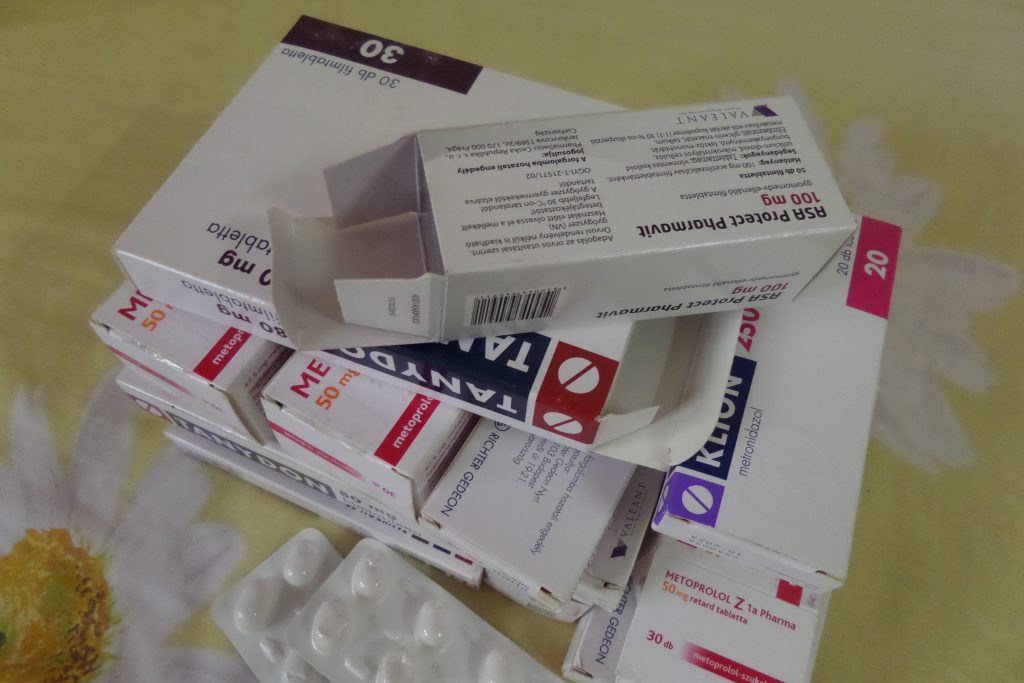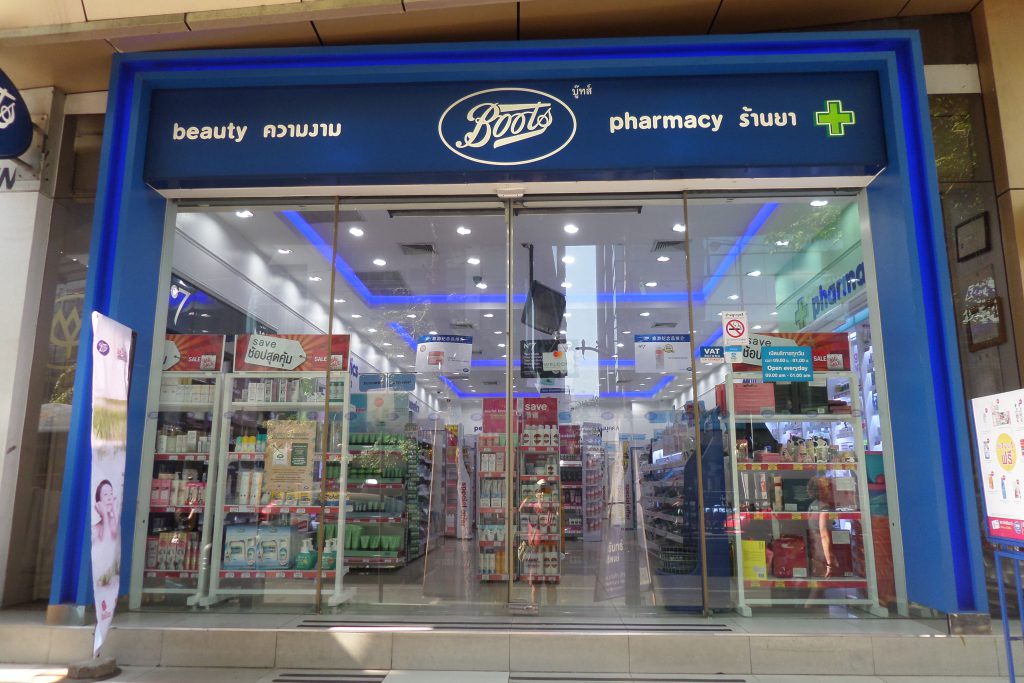If you are like me, who needs to take several different medications daily, this post may help you with some of the problems you might face when travelling in foreign countries for longer periods of time, for example if you are a digital nomad or a location independent worker.
My doctor prescribed four different types of medication that I need to take daily. This means 120 pills a month (or 124 in a 31-day month), and about 360-372 pills for three months. That’s a lot, and there are people who need to take more, perhaps double this amount. What kind of challenges can you face?
1. Getting your prescription medication for a longer period of time
In some European countries, doctors are allowed to provide you with prescription for a maximum period of three months. Since everything is computerised, there is no straightforward way for “overriding” this limitation. The rules may be different in your country, so check it with your doctor first, and get a prescription for as much medicine as you can – but be careful about the amount, see the next point.
2. Bringing prescription medication over international borders
If there is a rule at all, it generally allows you to bring in medications (prescription and/or over the counter drugs) for a maximum of three months for personal use only. You may or may not be required to bring with you an official certificate signed by your doctor(s) that the medication you are bringing is medically necessary and that it is for your personal use only. I recommend that regardless of country regulations, you should always get a medical certificate like this from your doctor. Think about it: if and when you are questioned about the drugs you are carrying, the person asking you the questions will be a “non-medical-professional” immigration officer at the airport or at other border crossing offices, who will want to see an official document.
There are various recommended formats available. You can use mine, which is available for download below. It is in Word format, so you can easily edit it. I have never had to use it though, but then, you hear every kind of dreadful stories when travellers who carry larger amounts of medication are stopped at the airport and, heaven forbid, even arrested because they cannot give a proper explanation why they need so much (prescription) drugs.

3. Getting your medications abroad
OK, you have successfully bought prescription drugs in your home country for three months, and you have successfully brought it over to your destination country. Now those three months have passed, and you are without important medication. What can you do?
First of all: do not wait until you have run out of your medicine! Do not suppose that it will be as simple as walking into a pharmacy and buy your prescription medications over the counter.
The first problem you will face is how you can get the same drugs that you are prescribed in a foreign country. As an example, for my hypertension, I use a drug called Tanydon, which is available under this trade name only in a few countries of the world, so there’s no use asking pharmacies elsewhere if they have it. In this case (actually, in all cases), you will have to check what the active ingredients of your drugs are, and how much of those ingredients one pill contains. In my case, one Tanydon tablet contains 80 mg of telmisartan and nothing else (the rest of the pill is vehicle material).
Now what you need to do is find a drug (by any brand name), one tablet of which contains exactly 80 mg of telmisartan and nothing else. You can of course ask the local pharmacist, but there is a much easier/better way. There is a website where you can enter which country you are from, which drug you use in that country, and then enter your destination country. The system will then try to find you what local drugs are equivalent or almost equivalent in your destination country. If it is a partial match, ie. the local drug is “almost equivalent” to yours, I strongly recommend that you should first consult your doctor to check if the almost-equivalent drug can safely be used or not. Here is the website: https://pillintrip.com/
I recommend that you should take note of all the equivalent and almost equivalent drug names, and shop around. In some countries, prices may vary wildly, and this is one of the reasons why you shouldn’t leave this until the last day. In some countries, you can expect to pay much more than what you are used to, especially if at home you enjoy discounted prices covered by your social security or other types of insurance, although in some other countries, you may get the same drugs for a fraction of what it would cost you at home, even with insurance.
Another piece of good news is that in most countries in Southeast Asia, you don’t need a prescription for most of the drugs (even the ones that you are not allowed to buy over the counter in Europe or North America). You may even be able to buy your medication over the counter if it is officially not possible. This happened to me in Sri Lanka. On the websites of pharmacies, it was clearly indicated that telmisartan (my hypertension medication) is only available with a doctor’s prescription. But when I asked them personally in the pharmacy, I could buy it without any further questions – and very cheap too.
If, however, you can’t buy the drug over the counter, you will have to visit a local doctor and get your prescription, which will further increase the price, of course, sometimes quite considerably. A consultation and the prescription fee could be very high for foreigners in many Asian countries, sometimes much higher actually, than in the capitals of West European countries.
4. Pharmacies in South East Asia
In Southeast Asia, most pharmacies will be much more like drug stores rather than real pharmacies, so you will have to find the right ones, which have professional pharmacists, too. It is also worth shopping around. In Bangkok, I found my hypertension drug for more than a thousand baht at one pharmacy, and only for 700 in another.
If one pharmacy wants you to present a prescription, maybe your could try another pharmacy too, before paying a visit to a local doctor and paying a lot for the consultation and the prescription.

Travel safely, and enjoy your time abroad.
